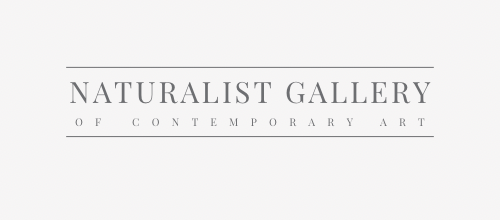Art promotes mental health by reducing stress, boosting self-esteem, aiding trauma recovery, and providing expressive therapy. It's an accessible tool for emotional healing and community well-being.
Art, in its myriad forms, has long been recognized as a powerful tool for mental health and self-care. From the simple act of doodling to the complexities of sculpting, engaging in artistic activities offers a unique pathway to wellness. This article delves into the multifaceted relationship between art and mental health, highlighting how various art forms can be harnessed for self-care, stress relief, and emotional healing.
Explore our curated selection of contemporary artists from around the globe.
Naturalist Gallery offers artist representation internationally. Apply your art.
The Therapeutic Power of Art
1. Stress Relief through Creativity
Studies consistently show that activities like drawing, coloring, and crafting can significantly reduce stress levels. Engaging in these activities for just 20 minutes can lower cortisol, the stress hormone.
2. Boosting Self-Esteem
Regular artistic practice fosters a sense of accomplishment and confidence. Whether it's knitting, painting, or playing an instrument, creative endeavors validate our unique ideas and abilities.
3. Healing and Trauma Recovery
Artistic expression provides a vital channel for processing pain and trauma, facilitating a connection between mind and body that aids in the healing process.
4. Expressive Therapy
Expressive arts therapies, encompassing visual arts, music, drama, and writing, promote personal growth and community development, helping to alleviate depression, anxiety, and stress.
Practical Ways to Use Art for Self-Care
1. Art as Emotional Release
Art can be a medium for releasing negative emotions. Techniques like destroying or altering artworks symbolizing unwanted feelings can be cathartic.
2. Responding to Emotions through Art
Creating art in response to personal experiences, such as writing or photography, helps in coping with pain and complex emotions.
3. Mindful Creativity
Engaging in art without overthinking, focusing solely on the creative process, is a form of mindful meditation.
4. Collaging Thoughts and Visions
For those less inclined to traditional art forms, collage can be an effective way to express emotions or envision future aspirations.
5. Color a Feeling Wheel
Developing a color feeling wheel, as advocated by art therapists, can help in understanding and processing emotions.
Broader Benefits and Community Impacts
1. Mental Health and Public Health Perspectives
Engaging in the arts addresses public health challenges like mental ill-health, physical inactivity, and social isolation. It plays a significant role in improving overall well-being.
2. Community Connection through Arts
Arts programs can rebuild social connections, especially for older adults, and alleviate loneliness and isolation in community settings like care homes.
3. Economic Impacts of Art and Health
As a non-medical approach to mental health, art can reduce healthcare and social care costs by promoting independence and improving quality of life.
View limited edition prints by contemporary artists at Naturalist Gallery.
Art for Everyone's Mental Health
The arts provide a universally accessible means to enhance mental health. Whether through personal practice or community engagement, art offers a unique, creative path to healing and well-being. This exploration reaffirms the value of art in not only personal self-care but also in fostering healthier, more connected communities.
You may also find the following articles helpful:
How to Become an Art Collector
Corporate Takeover of the Art World
Art Criticism: Evaluating Contemporary Art
Art Consultants in the Contemporary Art World
The Art Advisor's Guide: Navigating the Art Market
How Art Agents Work with Contemporary Artists




